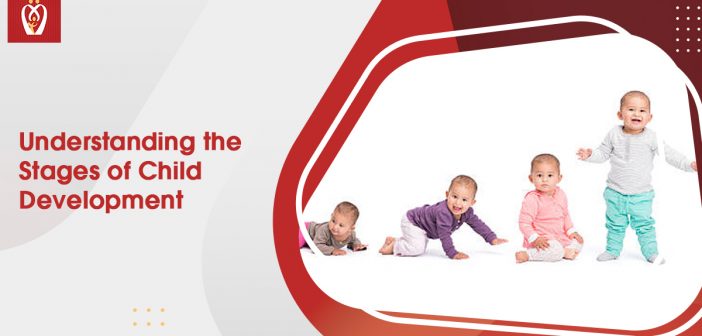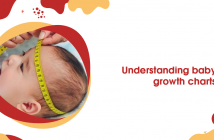In child development, physical, linguistic, intellectual, and cognitive development progresses steadily until they reach puberty. At certain stages in life, certain changes take place.
These changes, referred to as developmental milestones, can assist you in determining if your child is progressing at the appropriate rate. A child who does not meet certain milestones could be suffering from a developmental or genetic problem.
It has been found that the first five years of a child’s life significantly influence their future development. Parents and anyone who works with children need to know exactly what is happening in these early developmental periods.
When it comes to children’s first five years, research shows just 25 percent of parents are aware of its relevance; in addition, teachers’ training does not fully cover this period, even though children are still within this period when they attend school. Because of this gulf in knowledge, it’s possible that children won’t be in the greatest circumstances possible, which could hamper their development.
Developmental milestones
Children often reach milestones at specific ages. Most children’s abilities and skills development in nearly the same order, but the times involved are not exact. As with hair and eye color, they differ from child to child.
In child development, emotional, behavioral, cognitive, and linguistic growth and development are all intertwined as they begin to comprehend and engage with the world around them during their formative years, from infancy to puberty. Developmental milestones include skills like learning to walk for the first time or smiling for the first time.
A newborn baby
Newborns’ automatic responses to external stimuli peak in the first two months of their lives. To express a need, newborns may swivel their heads to the side, examine close-up objects, and turn toward the sounds they hear. By the third month of life, babies can smile at strangers and begin to interact with their parents.
An infant
By the time a child is one, they have developed a wide range of new skills:
Babies can recognize familiar faces, begin to babble, control their head movements, and bring their hands together when they are between three and six months old.
Babies begin sitting unassisted at 6 months of age, and they may even bounce when held in a standing position. They also respond to their name being called at this age. With gestures, infants begin to communicate.
Children can point, pick up, crawl, and even stand with support between nine and twelve months. In addition, sounds and movements can be mimicked by children.
Toddler
Children can stand, walk, run, and climb stairs with little steps when they are between one and three years old. In addition to waving goodbye and holding a pencil or crayon, children can also draw circles, acquire a few words and even short sentences, and even follow simple directions.
Preschool
As a kid matures physically and cognitively between the ages of three and five, their motor skills also improve. Ages 3 to 5 are crucial years of child development. In addition to learning how to toss and catch a ball, skip, and hop, children, can also become more self-sufficient by learning how to dress and draw complex structures like flowers.
They can speak a whole, extended statement, or perhaps two or three sentences in a row. By the time they reach the age of four, most children have completed the process of toilet training and can independently use the restroom.
School-age | child development
Ages 6 to 17 are considered school age. During this time, youngsters learn to be self-reliant and develop their own opinions These are the main years of child development. In addition, a solid foundation is laid for the development of communication skills such as listening, speaking, and writing.
Jealousy, love, and a slew of other emotions are common in children, and they can be expressed verbally and nonverbally. At this point, they form close friendships and often become best friends. In the years leading up to and immediately following puberty, children’s sexual development stimulates their desire to date.
When a child fails to meet the predicted developmental milestones for their age group, it is said that he or she is experiencing a developmental delay. Motor function, speech, hearing, and vision may all be affected.
In fact, a milestone delay of around a month is totally normal for a child who was born prematurely. On the other hand, delays can be a sign of something more serious. Keeping in mind that each child develops at a different rate is essential for parents. Don’t worry if your child doesn’t meet a typical developmental milestone for their age. It may take some time to get used to. Consult your pediatrician if you are still concerned about your child’s development.







